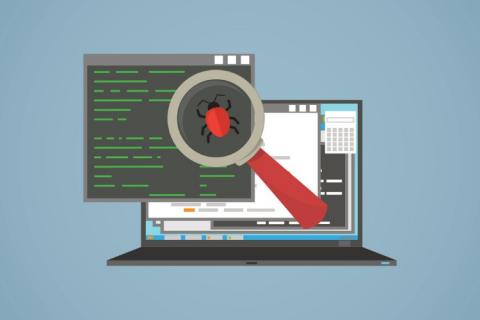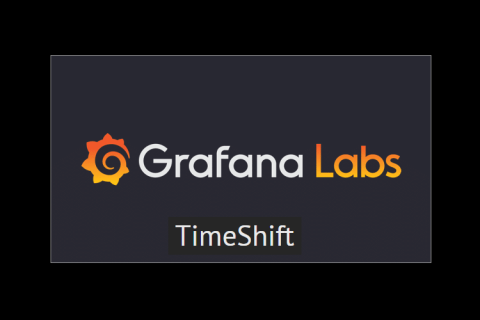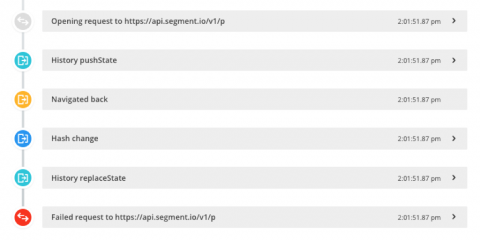Feature Spotlight: Transaction Check
Uptime’s transaction checks can continually monitor important functionality of your site. Specific steps within a Transaction Check can monitor nearly anything you have a test case for. So, this check is as good as the steps you configure for it. You can think of it as the first response or notification that a portion of critical infrastructure is down.











